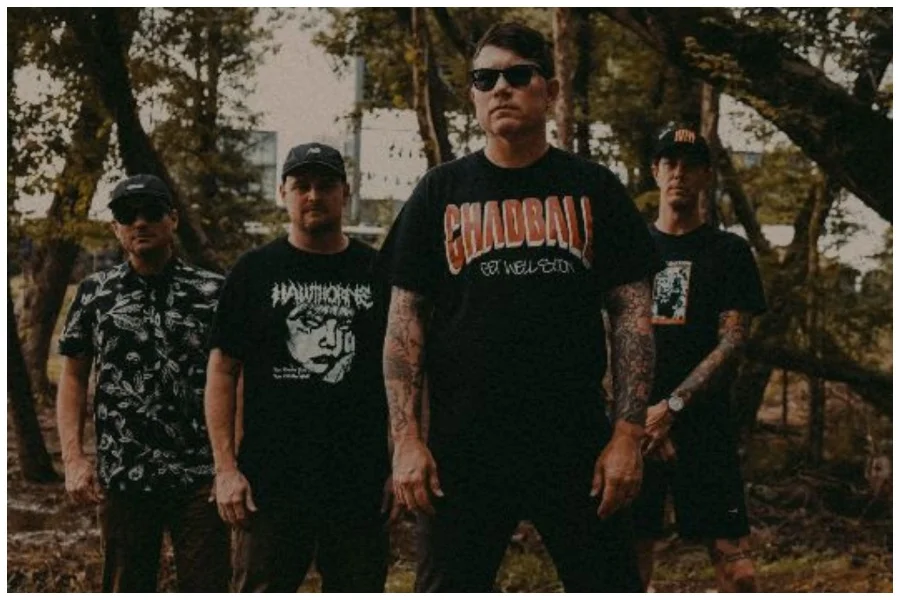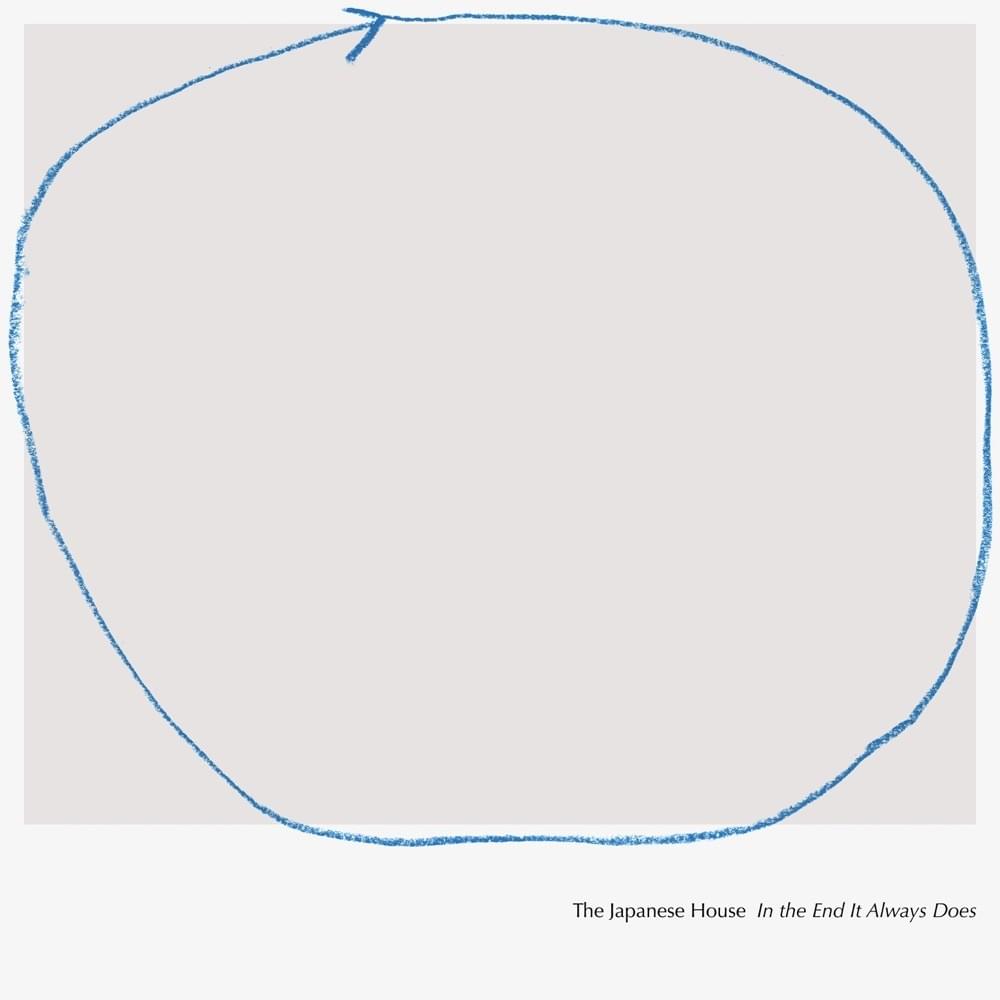During the first two weeks in January, the most popular album in the country was the soundtrack to “Dreamgirls.” But that statistic was less impressive than it might have been, because for those two weeks, “Dreamgirls” sold around 60,000 copies each week, which made for the two lowest totals for a #1 album in the history of the SoundScan era, which began in 1991.
Granted, January is always a pretty slow month for album sales and releases. But around that same time, the new Fall Out Boy album, Infinity on High, leaked online and was one of the most eagerly discussed, traded and sought-after new LPs in recent memory … even though it wasn’t showing up on any album charts.
Which got us thinking, in an age when music fans have so many options for checking out new music – from iTunes to MySpace, YouTube, eMusic, ringtones and still-rampant illegal file-sharing – how can you measure who’s really #1 at any given time?
“There really is no accurate representation of what people are listening to,” Nettwerk Productions founder and CEO Terry McBride said. Nettwerk is one of Canada’s largest independent labels and management groups, and its clients include Sarah McLachlan, Avril Lavigne and the Barenaked Ladies.
“The metrics of measurement are so messed up now because you have SoundScan, BigChampagne, iTunes, eMusic, streams from Yahoo! and AOL, and there’s no chart that combines all that together to get a clear view of who is most popular right now,” McBride added. “Digital distribution has shattered the old monopoly on how music is distributed.”
McBride is also an advocate of digital distribution and has experimented with releasing albums by Barenaked Ladies on zip drives. “Younger kids are consuming music differently now. They’re not necessarily going to a store to buy a CD or turning on their radio to hear new music. The choices are vast.”
If McBride had his way, there would be some kind of hybrid “consumption” chart that culled information from BigChampagne; music streaming off YouTube, Yahoo! and AOL; iTunes; physical CD sales; the #2 music-download site, eMusic; RealNetworks; and several other sites for what he said would be a “pretty accurate” look at what people are really listening to and buying.
As an example of what might happen if that were done, McBride pointed to the recent change on the U.K. charts, which now allow digital sales to count toward the singles charts even if there is no CD version released. That has resulted in the band Koopa making chart history in January when they became the first unsigned group to land a top 40 hit with their #31 debut tune “Blag, Steal & Borrow,” according to the Official U.K. Charts Company.
The folks at Billboard have seen that writing on the wall and are in the midst of changing how they crunch the numbers, according to Geoff Mayfield, Billboard director of charts and senior analyst. “iTunes has been a part of our reporting panel for SoundScan for a while, and as soon as SoundScan started tracking paid downloads in 2003, we were on it. And we started tracking ringtones in 2004,” he said. “Now we’re in the process of trying to figure out how to incorporate streaming data from AOL, Yahoo! and other streaming sites so we can get those factored into the Billboard Hot 100.”
Since May 1991, the Billboard albums chart has been tabulated by using Nielsen SoundScan sales data that comes from a group of retailers – from record chains to the music departments in electronics and department stores – that represent about 90 percent of the U.S. market. Digital downloads are included in the albums chart as long as the entire LP is downloaded. The Hot 100 singles chart, Pop 100 and Hot R&B/ Hip-Hop Songs chart mix sales figures and radio data to come up with their rankings. Billboard has also tapped into one of the fastest-growing segments of the music industry: ringtones, with Hot Ringtones and Hot RingMasters charts.
And while the Hot 100 has always relied on a combination of sales and radio airplay, Mayfield said Billboard realizes that music video on sites like YouTube and MySpace, and streaming music, have a place in there as well. As for the low chart numbers in early 2007, Mayfield said it’s part of a trend that has been happening for more than 20 years, as music retailers battle for attention from video games, DVDs, the Internet and even digital-cable satellite-radio feeds that are eating into traditional sales. “Even with that,” he said, “albums are still the #1 mover. If you look at the last year, the #1 digital song sold an average of 120,000 and the #1 album sold an average of 270,000, so there’s still a gap there.”
We contacted several major labels for comment for this story, but they either declined to comment on record or didn’t respond by deadline. A representative for Nielsen SoundScan was also not available for comment at press time.
Some managers are already looking beyond album sales as the key factor to measure the impact their bands are having. Bob McLynn, a partner in Crush Management – whose clients include such viral and chart successes as Panic at the Disco! and Fall Out Boy – agreed with McBride that there needs to be a hybrid chart that pulls in all the different elements. And, as is the case for McBride’s bands, “selling records doesn’t necessarily mean everything about how many fans you have. The record-buying public can be fickle, so you have platinum acts that can’t sell out a club. People download a single but don’t want to spend $20 for a show. With our acts, we try to build them up from the live scene, before they have hits, and then hopefully they’ll have hits [too].”
For McLynn, the speedy leak of FOB’s Infinity on High in early January was as sure a sign of their popularity as any #1 ranking, proving how hungry their fans are for new music . But in the case of his less-established bands, like hip-hop-rock crew Gym Class Heroes, he’d much rather they sell more tickets to concerts than records at this point. “People who buy those tickets are real fans and you can always build on that,” he said. “But with records, you’re only as good as your next hit single, which is hard to come by.”
Charts, reconfigured or not, mean next to nothing to Tony Brummel, founder of Chicago’s Victory Records, one of the most successful indie-rock labels in recent years. “My charts are very simple,” said the purveyor of every stripe of emo, screamo and metalcore. “It’s based on the number of records my bands are selling and the number of people I have in the office. Every year Victory has been in existence, there are more people in the office and more records being sold.”
Courtney Holt, executive vice president of digital music and media for MTVN Music, Logo and Films Group, and former head of new media and strategic marketing for Interscope Geffen A&M, has seen both sides of the popularity equation. “The chart is set up to represent the business of music, as seen by the majors and big indies, but now you have Apple as the fourth-largest retailer in America, so that has changed things,” he said.
Even when Billboard does begin integrating some of the new-media data into its charts, it might still be hard to truly get a sense of the minute-by-minute popularity contest that is the Internet, according to Jay Frank, head of programming and label relations for Yahoo! Music. More than 25 million people a month use Yahoo! video and audio feeds, radio stations and digital downloads.
“Music is moving so much more fluidly these days that when a song debuts on our charts on a Monday, everyone rushes out to experience it, it becomes really popular and it’s in the top five that week but by the next week it sinks like a stone,” he said. “But for that one week it was probably the most popular song in the country. The problem is people used to only experience music through retail, radio and MTV – those were the three ways they got music. Now there are umpteen ways to experience it, and no one has taken the energy to merge all of them yet.”
When that happens, he said, chances are the charts will still, for the most part, reflect the action in retail stores. But there will also likely be a lot of left-field surprises that get some shine next to the Beyoncés and Chris Daughtrys of the world. And for the first time in contemporary pop history, fans will have a serious ability to impact where their favorite bands land on the charts.





























